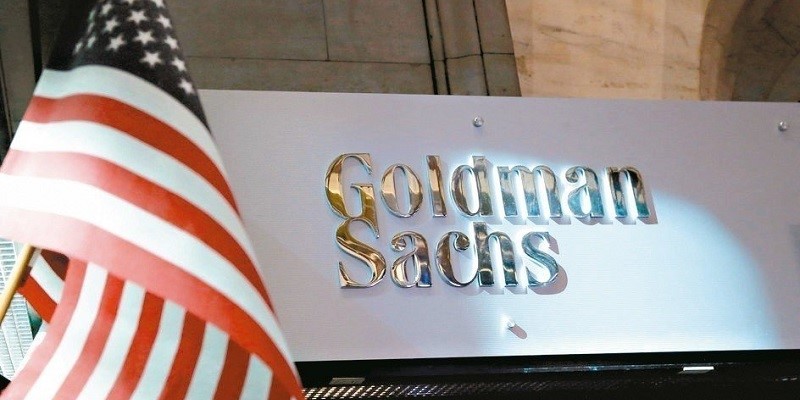Oil prices moved higher in overnight trading after OPEC and its allies agreed to cut production by 9.7 million barrels per day. The deal, which was finalized on Sunday after marathon discussions which spanned four days, is the single largest output cut in history.
The group, known as OPEC+, initially proposed cutting production by 10 million barrels per day on Thursday — amounting to some 10% of global oil supply. But, Mexico opposed the amount, holding up the final deal. Under the new agreement, Mexico will cut only 100,000 barrels per day, instead of its initial allocation of 400,000 barrels.
“Unprecedented measures for unprecedented times,” Ed Morse, Citi’s global head of commodities, wrote in a note to clients on Sunday. Morse explained that the cut will have a more significant impact in the second half of the year and help lift prices to the mid-$40s by year-end, and that there will be short-term pain while the market rebalances.
“It’s simply too late to prevent a super-large inventory build of over one billion barrels between mid-March and late May and to stop spot prices from falling into single digits,” he said.
What’s Goldman Sachs Telling Clients?

What is Goldman Sachs telling its wealthy clients?
Silvia Ardagna, the managing director in the investment strategy group of Goldman Sachs’s private Wealth Management had this to say; “We see light at the end of the tunnel because we believe that sooner or later the medical community will make breakthroughs, and because the fiscal and monetary response around the world, especially in the U.S., where we have overweight stocks, has been pretty aggressive and forceful.”
Ardagna also added that, “Right now is a good time to get back into markets and take advantage of the decline in equity markets to position for the rebound.”
Her comments follow the advice of Goldman’s investment strategy group from mid-March, which advised clients to gradually add risky assets after the big pullbacks.
“When valuations are so low, when there’s been pretty sharp drawdowns in equity markets, on a 12- to 18-month horizon, the probability of getting a positive return is pretty high,” she said.
Coronavirus Contained?

As the coronavirus epidemic gathers steam in many parts of the U.S., equity investors appear confident that its damage to the economy will be contained. However, analysts warn that as large corporations provide more information about COVID-19’s impact on earnings in coming weeks, any recent gains could be in danger.
“The most compelling argument for why there is downside risk to come is simply that we’re coming up to earnings season,” says Andrew Slimmon, lead senior portfolio manager at Morgan Stanley told MarketWatch. He also mentioned that while estimates for composite earnings for the S&P 500 index companies have fallen significantly in recent weeks, they are still overestimating corporate performance for 2020.
Analysts were originally predicting $184 earnings-per-share for the index’s companies as of Feb. 28 according to FactSet. Today, they are forecasting $156. Slimmon predicts that by year’s end, that figure will be closer to $140.
